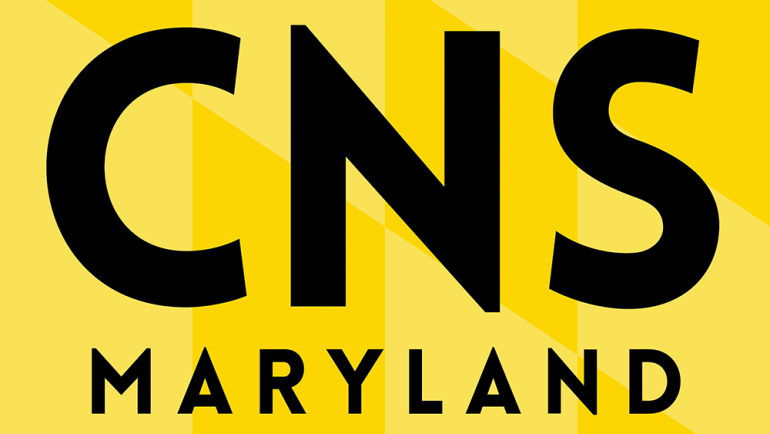COLLEGE PARK – Media companies, struggling in a time of economic uncertainty, are increasingly relying on students to plug information gaps for the public, according to a new report released Friday at Journalism Interactive, an international conference on digital journalism education sponsored by the Merrill College of Journalism at the University of Maryland, College Park.
According to the report, “Shaping 21st Century Journalism,” prepared by the New America Foundation and funded by the Knight Foundation, journalism programs should emulate the model of teaching hospitals.
“They should beta-test new models for journalism and understand how journalistic ecosystems emerge, as well as contribute to the policymaking process that underpins them,” said the report.
Like teaching hospitals, journalism schools should be providing real-world, hands-on experiences in covering community news. That provides the added benefit of public service, just like the hospitals, the report said.
Students with such experience gain a leg up in hiring. In an increasingly competitive job market, graduates are desperately looking for ways to stand out in sea of resumes and applications. As staff sizes decline, increasingly employers are looking for new hires who can hit the ground running.
Those media companies are increasingly turning to students to supplement their own staffs, providing the students with published stories and television packages.
“We’re not competing with (news outlets), we’re applying things that they cannot do,” said Leonard Downie Jr., vice president of The Washington Post and journalism professor at Arizona State University.
Some schools, including Maryland, have successfully adapted their programs to the changing media climate, the report said.
The Merrill College of Journalism provides a handful of student-run news outlets including UMTV, a cable television operation, and Capital News Service, whose Washington bureau has more reporters covering the federal government’s impact on the state than any news organization in Maryland, according to the report.
Capital News Service provided coverage for the conference, sponsored by the Merrill College of Journalism.
The college is also one of 11 universities in the country to be a part of News21, an investigative reporting project funded by the Carnegie Corporation and the John S. and James L. Knight foundation.
Another example of gaining experience while completing college requirements in journalism cited in the report is the website neontommy.com.
Callie Schweitzer, a graduate of the University of Southern California, created neontommy.com to provide a space for journalism students to publish their work. She touted the website, which is affiliated with the Annenberg School for Communication and Journalism, at the conference. It now boasts over 250 staff members.
Before launching Neon Tommy, students “would turn in their reporting as homework, they would get a grade and it would go in the trash,” she said.
Now the assistant to the publisher for Talking Points Memo, Schweitzer attributes her success to the site.
“Neon Tommy for me was my journalism education,” Schweitzer told the roomful of reporters and journalism professors.

